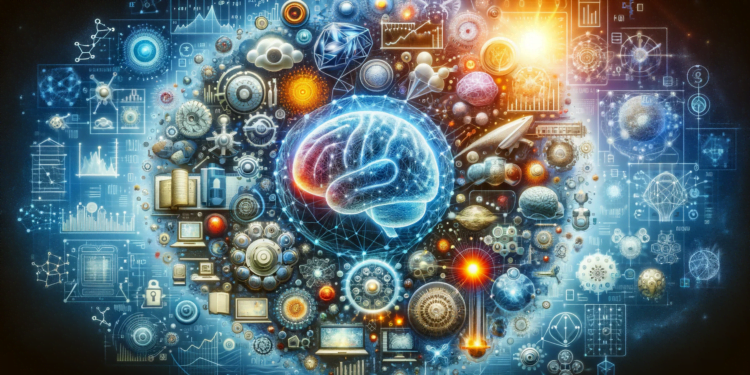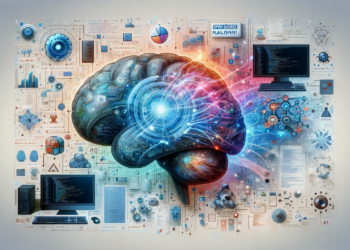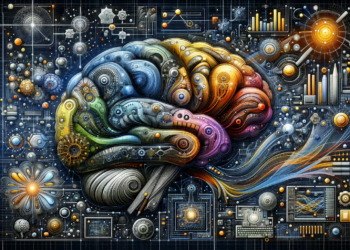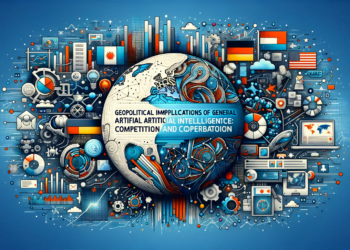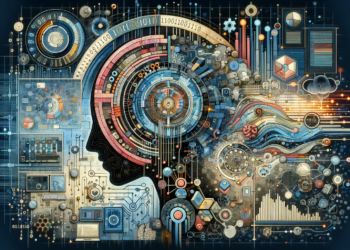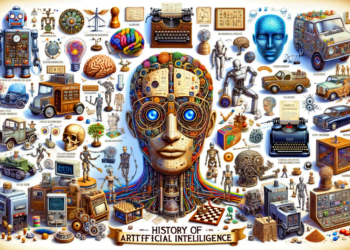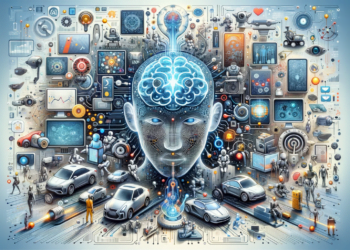Generative models have surprisingly transformed various research areas and industrial applications. Their essence lies in the ability to learn complex data distributions and generate new samples indistinguishable from real data. They prove to be not only a powerful tool for the creation of digital content but also a fundamental pillar in the quest to achieve Artificial General Intelligence (AGI).
Starting with the basics, generative models differ from discriminative models in their purpose. While the latter aim to categorize or predict variables based on input data, the former focus on learning the latent structure of that data. Generative Adversarial Networks (GANs), Variational Autoencoders (VAEs), and the recent Transformers are distinctive paradigms of this category.
GANs, for example, implement a zero-sum game between two neural networks: a generator that creates data and a discriminator that attempts to differentiate between real and generated data. This approach has demonstrated extraordinary capabilities in the generation of hyper-realistic images, 3D models, and even musical compositions.
In turn, VAEs are structured around variational inference and allow for the generation of new data through the manipulation of latent spaces where relevant dataset information is encoded. This methodology has found its application in the field of unsupervised learning and in understanding complex data spaces.
More recently, Transformer-based models like GPT-3 and BERT have expanded the horizon with their ability to handle data sequences and their exceptional performance in natural language processing tasks. These models have shifted the existing paradigm, showing not only efficiency in text generation tasks but also in the ability to infer and reason at surprisingly human levels.
Addressing the latest advancements, models like DALL-E and GPT-3 have challenged the prior notion of AGI. DALL-E, in particular, has shown that generative models can undertake tasks of creativity and visual design, generating original images from textual descriptions with clever fidelity and variations.
The relevance of these models to AGI is founded on the hypothesis that the capacity for generation and abstract reasoning are indicative of a deep understanding of the world. Thus, generative models are not merely tools for replication but instruments that may improvise and conceptualize autonomously.
However, these technologies are not devoid of challenges. One of the most critical issues is value alignment: ensuring that such systems operate under ethical and moral principles that resonate with those of humanity. Another significant challenge lies in the need to create models that are tolerant of ambiguous or imperfect data, a trait intrinsic to human intelligence that generative models are still far from emulating fully.
Generative models have also impacted sectors such as healthcare, where the generation of synthetic medical images contributes to the improvement of diagnostic algorithm training, and pharmacology, with the creation of molecular structures conducive to new drugs, speeding up the exploration of chemical spaces.
The social and economic impact of these advances is equally notable. As the efficiency and effectiveness of automated generation progress, questions arise about intellectual property, content authenticity, and technological unemployment. On a macroeconomic level, the adoption of generative models could redesign the value chain in multiple industries, reallocating human capital towards more strategic and creative roles.
Regarding future directions, the integration of generative models with physical simulation systems promises the creation of virtual environments where AGIs can learn and experiment autonomously. This approach could lead to intelligence systems that grow and educate themselves in a simulated world before interacting with the real one.
Another horizon is the fusion of generative and reinforcement learning in a unified paradigm. This would enable intelligent agents to learn not only from imitation of the existing and experimentation but also from their own mistakes and successes within a self-sustaining cycle of learning and adaptation.
Generative models have proven to be a master key in the development of AGI. Without a doubt, emerging strategies that integrate data generation with complex cognitive functions represent the next significant advancement in the pursuit of an intelligence that not only emulates but understands, creates, and evolves in tandem with the limitations and potentialities of the human mind. Future developments will assume challenges in addressing the subtleties of general reasoning, emotions, and consciousness, in what could be a completely new era for artificial intelligence and humanity.

